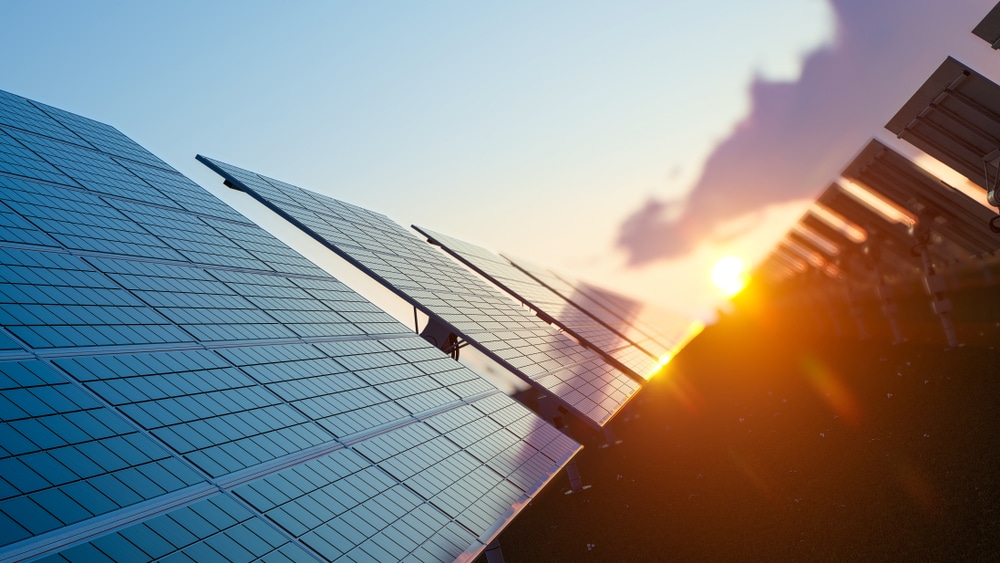The world is currently in the middle of a major power transition from fossil fuels to renewable energy sources. Once the domain of the wealthy and the extremely environmentally conscious, solar panels have become widely mainstream in recent years as we head towards a more sustainable future. Climate action has led the change, while advances in technology mean that these solutions are more affordable, more efficient and will last longer than ever before.

But they do have a shelf life. With two million Australian homes now boasting PV systems, along with countless businesses, public spaces and solar farms, what will happen in 25 years’ time? Will we be facing another environmental crisis caused by the huge volume of panels on the scrap heap?
Time is on our side, but the problem is massive
It won’t be until between 2040 and 2050 that we start to see a major problem with solar panel waste – but when the problem lands, it could be enormous. Estimates are that we will see over 60 million tons of waste from end-of-life solar panels, which is over 30 times the volume of waste that has been caused by disposable water bottles in the United States.
Then there is the cost. The materials used to make these products are worth over $16 billion USD, and there are certain components that are toxic – so putting them in landfill is not advisable.
What are solar panels made of?
There is some good news here. Panels are made up of silicon wafers – AKA sand. Silicon is not toxic and is totally recyclable, which means this component is not going to be a problem. Another large component of these panels is glass – another tick because this is highly recyclable as well. There are iron and aluminium in there, too – totally reusable.
This leaves just a minor amount of lead, chromium and barium that be toxic and can leak out of end-of-life solar panels. Most of the components of today’s designs can be recycled, which is great news. Strategies will need to be put in place for those toxic elements, but the problem isn’t as bad as first feared.
There are polymers, copper, silver paste and all kinds of other materials that can be reused and recycled. At present, we can recycle about 90 per cent of all materials in a single panel. That is not to say there are no issues – there are still some things we need to work on.
It is important to not gloss over the hazardous materials, and we are going to need to develop safe ways to dispose of them in the future, as we cannot simply toss them into landfill. The cost of recycling is also an issue, which means there are some people and industries that will throw them away, rather than bother to recycle them. In the coming years, the process of recycling will need to become easier, and it will need to be more cost-effective.











































